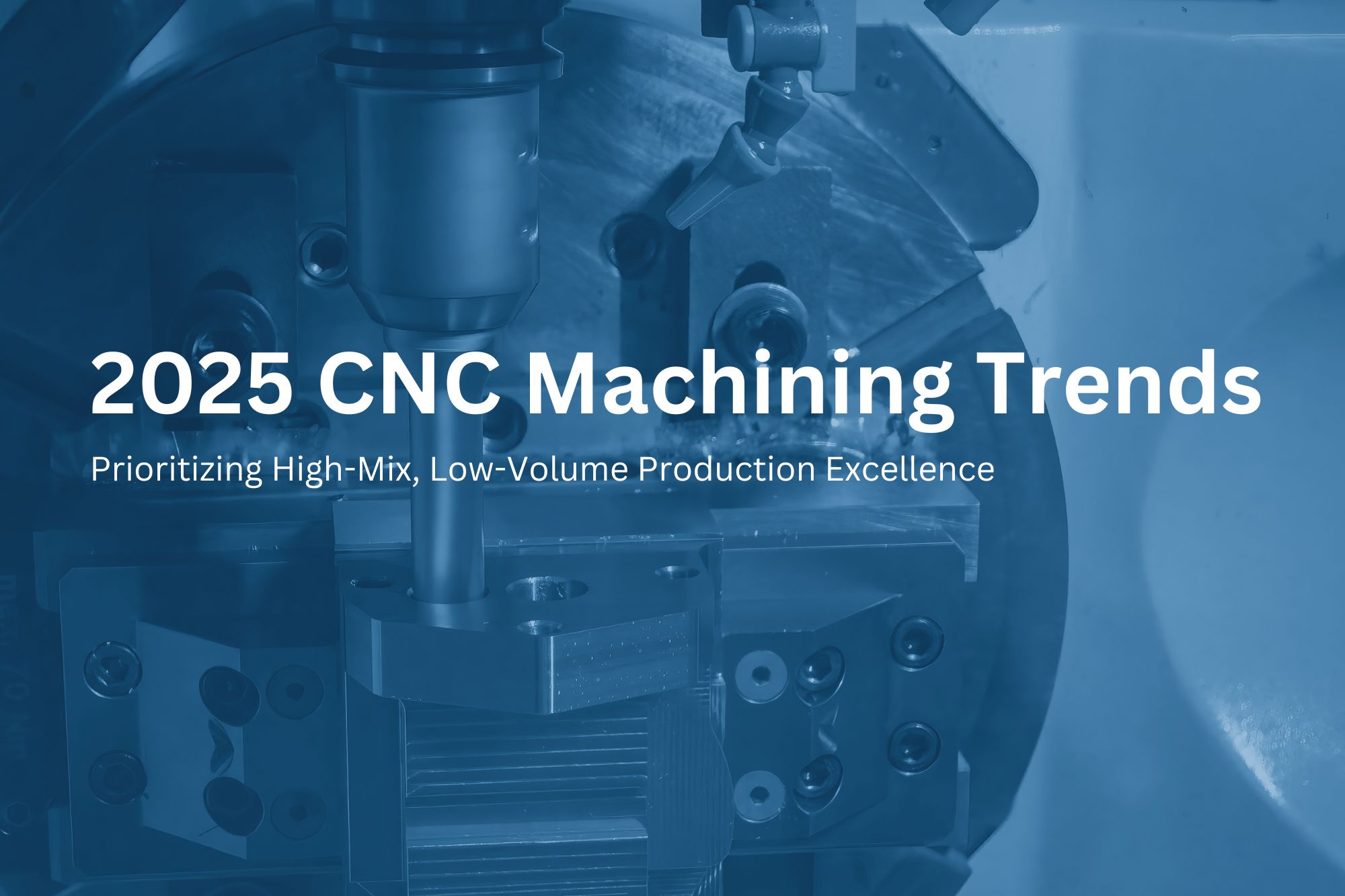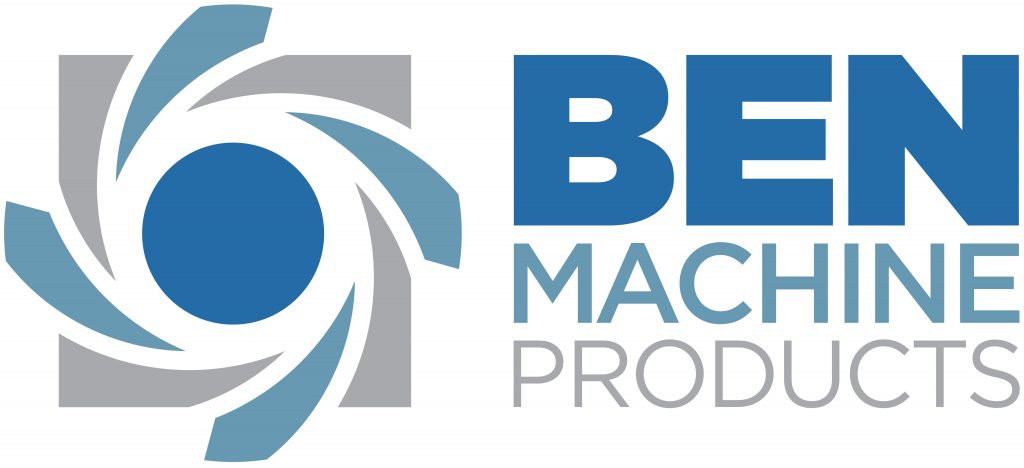
Many CNC machine shops focus on the high-volume production market. They search for orders yielding 10,000 parts per year or more. However, Ben Machine is differentiated from them as we focus on high mix, low volume work that emphasizes the front work of setup and programming.
In this article, we focus on the trends in high-mix, low-volume CNC machining that help improve efficiency and reduce setup and programming time for complex, low-volume parts.
The High-Mix, Low-Volume CNC Machining Niche
High-mix, low-volume (HMLV) CNC and high-volume production are two distinct manufacturing approaches catering to different market needs and production requirements.
HMLV manufacturing, or make-to-order manufacturing, involves producing various products in small quantities. This approach is characterized by its flexibility to quickly adapt to changing customer demands and market trends. It allows for the creation of unique and complex products with specific quality requirements and batches frequently containing fewer than 50 parts.
In contrast, high-volume or mass production focuses on manufacturing large quantities of standardized parts or products. The key characteristic of high-volume production machining is a reduced cost per unit.
HMLV companies operate in environments with high product variety and low production volumes, making them particularly sensitive to market fluctuations. Tailored trend analysis allows us to quickly respond to changes in customer preferences and market trends. Trend analysis also helps identify and capitalize on emerging niche market opportunities before competitors.
Advancements in Efficiency and Precision
One impactful trend in HMLV production is simultaneous 5-axis machining, which allows for higher precision and accuracy in producing complex parts in fewer setups. The ability to approach a workpiece from multiple angles simultaneously enables machining intricate shapes and contours within a single setup while maintaining optimal cutting angles, resulting in superior surface finishes. The 5-axis machine provides tighter tolerances and reduces errors associated with multiple setups.
Being able to remove more material with each tool pass shortens cycle times, and maintaining optimal cutting angles reduces tool wear and extends tool lifespan.
Additionally, advanced and adaptable workholding solutions play a critical role in reducing setup time. By securely holding parts in place during the machining process, these solutions help maintain precision across multiple setups, ensuring that parts are consistently produced to exact specifications. Being able to use flexible workholding solutions also saves considerable time and effort by saving the expense of making unique and complicated fixtures that need to be amortized over a small number of parts.
Coupled with simulation software, these technologies allow manufacturers to streamline their workflows, optimizing machining parameters and predicting potential issues before they arise. By focusing on these front-end improvements, companies can significantly reduce the overall lead time for complex parts.
Embracing Lean Manufacturing Principles
Lean manufacturing is another significant trend in HMLV production. Manufacturers can adopt lean manufacturing principles to streamline processes in these environments. In contrast to high-volume production, where efficiency improvements focus on eliminating labor through automation, lean practices in small-batch production are more focused on reducing waste and improving workflow efficiency.
For example, in HMLV environments, companies can tailor value stream mapping for each service or service family, including:
- Documenting all steps in the production process for each service offering
- Identifying waste and inefficiencies specific to each service stream
- Reducing setup times through flexible workholding solutions instead of unique and costly fixturing
- Speeding up programming and inspection times using AI-assisted programming and reporting methodologies
- Improving lead times for diverse service ranges
By adopting these lean principles in the specific context of HMLV manufacturing, companies can significantly enhance efficiency, flexibility, and waste reduction, ultimately improving customer satisfaction and competitive advantage.
Staying Ahead of Specialized Manufacturing Trends
Ben Machine stays ahead of the trends most relevant to our unique HMLV manufacturing model and customer base. Our 5-axis machine tools offer simultaneous machining, where the part and the cutting tool move together, saving time in the machining.
Ben Machine follows trends such as advanced workholding solutions, simulation, high-speed spindles, and lean manufacturing principles to impact and support our specialized manufacturing processes. These trends provide strategic advantages to our clients in the defence, aerospace, and other sectors requiring precision engineering and HMLV manufacturing.
Moreover, the ability to tailor manufacturing processes to the specific needs of these industries, rather than applying a one-size-fits-all approach, ensures that customers receive the high-quality, customized solutions they require for their unique applications.
Final Thoughts
At Ben Machine, we have strategically invested in the latest CNC machine technology, including our many 5-axis machine tools capable of multiple operations on one machine and set-up. Our clients see lower part costs, higher quality, and reduced lead times as benefits of our industry expertise.
Our focus on quality control propels our industry leadership to deliver value, precision, and turnkey engineering support for complex aerospace and military programs.
Explore the high-mix, low-volume manufacturing processes Ben Machine offers and discover what we can do for your company.







